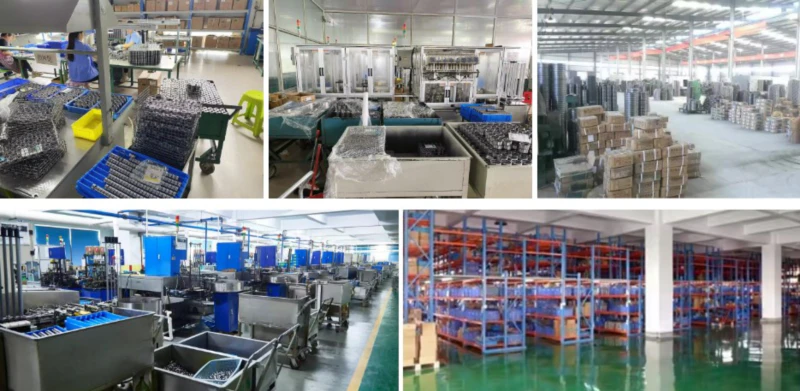Track Bearings Bearing Failure Strategy
Introduction
In this blog post, we will discuss the track bearings bearing failure strategy. We will explore various aspects of track bearings and provide insights into how to tackle bearing failures effectively. Let’s dive into the details.
Understanding Track Bearings
Track bearings play a crucial role in various industries where heavy loads and rotational movements are involved. These bearings are designed to support axial and radial loads while ensuring smooth rotation. However, like any mechanical component, track bearings are susceptible to failure under certain circumstances. Let’s uncover the key factors contributing to bearing failures and strategies to overcome them.
Common Causes of Track Bearings Bearing Failure
1. Insufficient Lubrication
2. Contamination
3. Overloading
4. Misalignment
5. Improper Installation
Strategies to Prevent Bearing Failures
1. Implement a Robust Lubrication Plan
Adequate lubrication is vital for the smooth operation and prolonged lifespan of track bearings. Regularly monitor lubricant levels and ensure the right type and amount of lubricant are used. Consider factors such as operating temperature and load conditions when selecting lubricants.
2. Maintain a Clean Environment
Contamination is a significant contributor to bearing failures. Implement stringent cleanliness practices in the surrounding environment to minimize the ingress of dirt, dust, and other contaminants. Regularly clean and inspect the bearing housing and seals to prevent contamination-related failures.
3. Optimize Load Distribution
Overloading can lead to premature bearing failure. Ensure that the track bearings are adequately sized to handle the applied loads. Distribute the load evenly across multiple bearings if required. Regularly monitor the load conditions to avoid overloading and make any necessary adjustments.
4. Ensure Proper Alignment
Misalignment can exert excessive stress on track bearings, leading to premature failure. Proper alignment during installation and regular checks can help maintain the correct positioning of the bearings. Consider using alignment tools and techniques to achieve accurate alignment.
5. Follow Correct Installation Procedures
Improper installation practices can adversely affect the performance and reliability of track bearings. Follow the manufacturer’s guidelines and specifications during installation. Ensure proper seating, clearance, and tightening of bearing components for optimal operation.
Conclusion
By implementing these strategies, you can significantly reduce the risk of bearing failures in track bearings. Regular maintenance, monitoring, and adherence to best practices play a vital role in maximizing the lifespan and efficiency of track bearings.

Company Introduction
Our company holds a leading position in the Chinese reducer market. We specialize in producing a wide range of high-quality products, including servo reducers, plastic gearboxes, gear motors, worm gearboxes, worm wheels, and worm reducers. With state-of-the-art CNC production and assembly equipment, we ensure superior product quality and precise customization options.

Promotion and Contact Information
If you are looking for top-quality products, competitive prices, and exceptional service, look no further. We are committed to meeting customer requirements and offer tailored solutions. Contact us today for inquiries, customization options, and more. We look forward to serving you.
Author: Czh